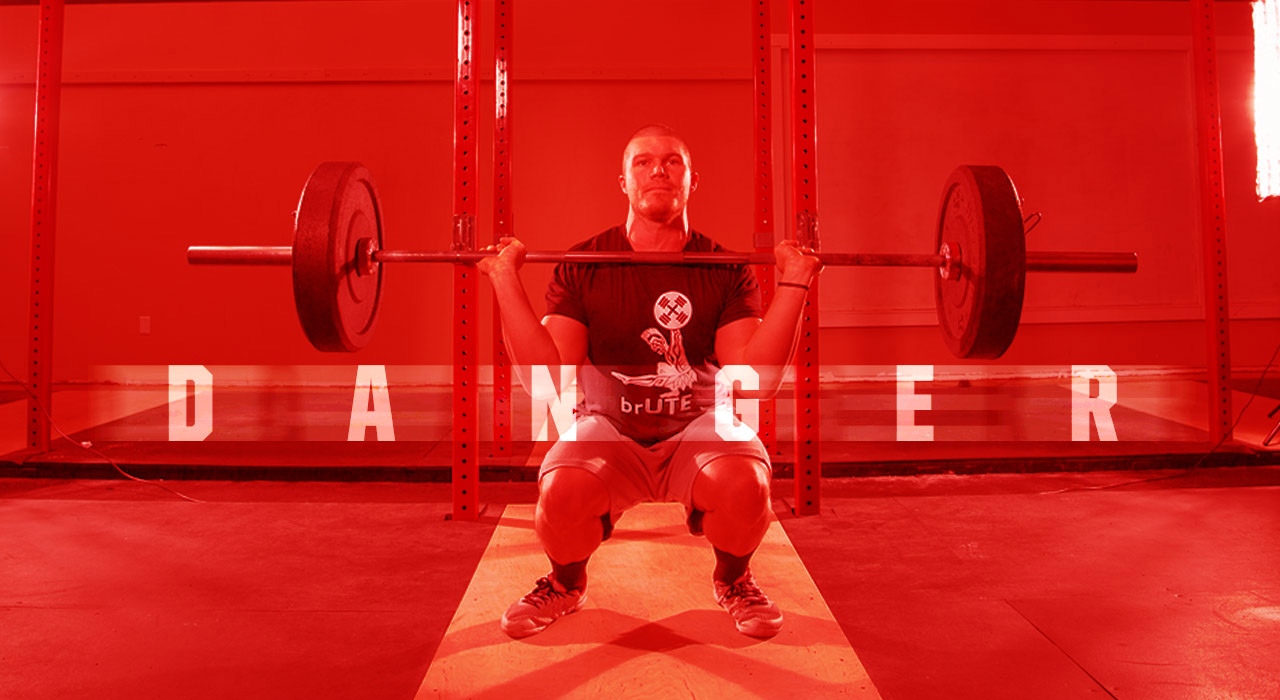While you can’t grow some backbone, you can strengthen yours to become injury resistant. If you find your lower back rounding – known as butt wink – when you get down in the hole during your squat, this could become a problem. In this article I’ll take you through 5 common problems that can cause butt wink, and their solutions.
Your trainer: Kelly Starrett, best-selling author of mobility book, Becoming a Supple Leopard, and co-founder of mobilitywod.com
Your spine can handle loaded flexion as long as you’re not moving into flexion from extension. What makes butt wink a problem is that you go from extension, through neutral and into flexion when we get into the hole (and vice versa on the way up).
This movement is fine on its own but with high loads, you’ll start to get shear – and your discs will rub together. That can translate into back pain.
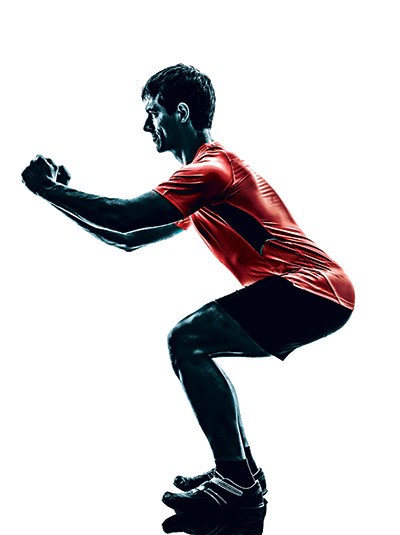
So, why is butt wink when you squat bad?
It’s harder on your discs than going through the movement in a stable, fixed position.
Record-breaking deadlifters pull with a rounded back from start to finish. This isn’t ideal, but it’s safe because their posture hasn’t gone through movement.
Because of the constant shear associated with butt wink, it’s literally “how many licks does it take to get to the gooey center?” In this instance, the gooey center is disc herniation.
These are long-term implications but in the short, it’s actually the fastest way to shut down force production during your lifts. Your nervous system will recognize there’s a kink in the movement and power you down to smaller numbers on the king of exercises.
5 ways to fix your butt wink when you squat
Let’s talk about the end goal with your squat technique: getting your hip crease below the knee. We’re not talking about ass to grass here, just the minimum required range of movement. Here are some problems and solutions to achieve this basic minimum.
Problem 1: Overextending the lumbar before initiating the squat
Overextending before lowering into a squat closes the distance between the pelvis and femur, causing butt wink. The same movement will happen in reverse on your way up, for double the shear on the spine.
The fix – The three-inch drill
With a lesser load than your maximum, put a bar on your back and walk the bar out. Keep
a neutral spine, squeeze the glutes and push back into your feet, screwing them into the floor. Your movement should be around three inches. The pelvis shouldn’t roll away from your torso.
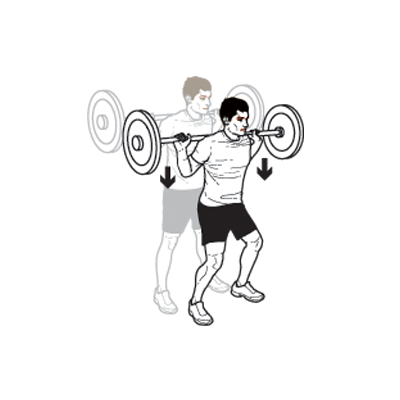
Problem 2 – Do you have basic range of motion?
Lay on the floor with one leg flat while a buddy pushes your knee past the hip crease. If the knee meets resistance before the crease, or the lower back starts to round off the floor, the first thing you need to work on is basic hip mobility.
The fix – Distracted stretches
Get your buddy to push down on your bent knee, then push it into a deeper range of motion towards your chest.
If you don’t have a buddy, take a mat, push your knee into the hip socket and lean forward to achieve the same effect. Hold
this pose for between one-two min
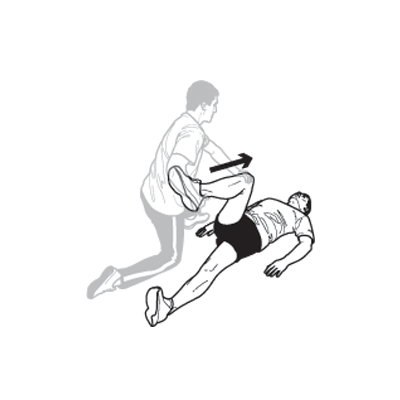
Problem 3 – Hip flexion and external rotation
Being unable to open up your hips will sap your power when squatting, and leave you licking your wounds after an injury.
There are two functions we need our hips to perform: flex (addressed below) and externally rotate.
The fix – Two-minute long lunge
Take a big step forward, push down on your front foot and drive your elbow into the side of your front knee, pushing out.
Perform circles by leaning forward and side- to-side. This twists your body towards that front knee for more rotation. Contract and relax your hip complex.
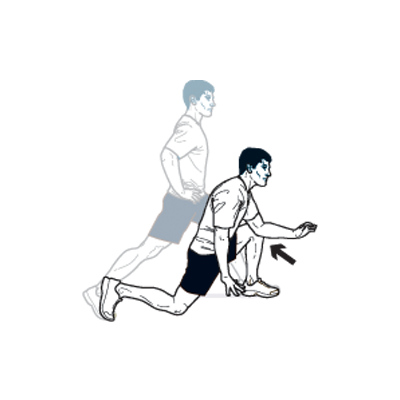
Problem 4 – Thoracic spine mobility
Sitting slumped over a computer is a common issue for most people, leading to tight traps, lats, pecs and weaker rhomboids. This can also cause scapula winging, and makes staying upright in a squat very difficult.
The fix – Two-minute foam roll
Keeping your belly tight, extend your arms and roll back and forth on your upper back and lower ribs. After a minute, roll from side to side. When you feel a sore or tight spot, give yourself a hug and roll closer around it. See if you can improve your overhead extension across the two minutes.
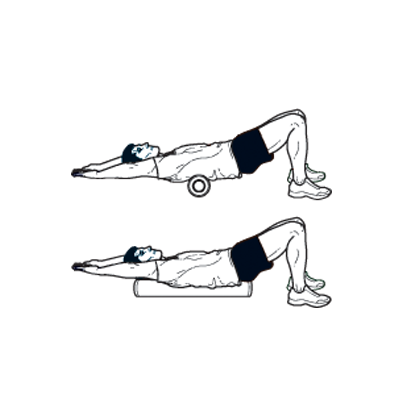
Problem 5 – Poor ankle mobility
Tight calves limit ankle mobility. This makes it difficult to maintain good foot position, and leaves you squatting like a pooping dog. Bad news for the knees.
The fix – Two-minute door stretch
Place the ball of your foot against a door, with your heel on the floor. Grab the door knob to bring your hips closer.
When you get close hold it, squeeze your glutes and switch between contracting your calf and relaxing. Each time, try a slightly different angle to mobilize the ankle joint.
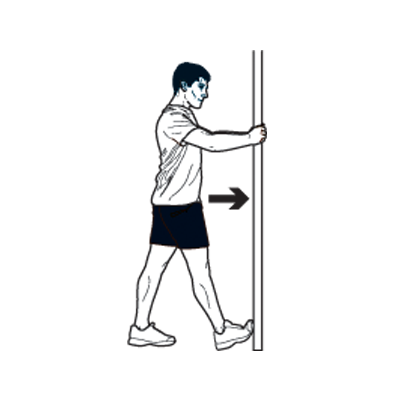
For more articles like fixing your butt wink when you squat, nutrition tips, interviews and supplements, get TRAIN magazine direct into your inbox every month for free by signing up to our newsletter


